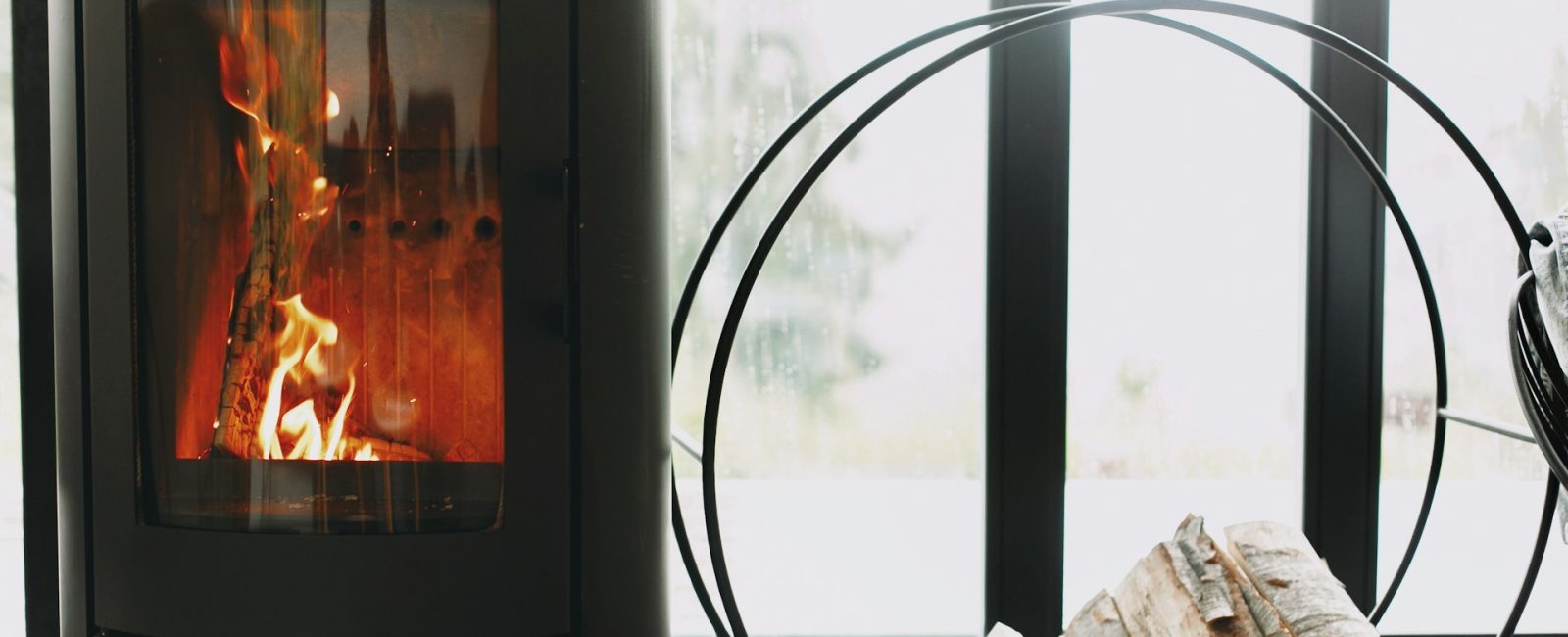
Guide to Selecting the Best Wood for Your Fireplace, Wood Stove, or Fire Pit
Choosing the right wood to burn is essential for anyone who uses a fireplace, wood stove, or outdoor fire pit. The quality of the wood you use can significantly impact the efficiency of your fire, the amount of heat produced, and the overall safety of your burning experience. Different types of wood have varying properties, such as burn time, heat output, and the amount of smoke they produce. In this guide, we will explore the best types of wood to burn, taking into consideration factors like heat efficiency, ease of use, and environmental impact. Whether you are heating your home or enjoying a cozy campfire, understanding the characteristics of different firewood can help you make the best choice for your needs.
The Best Wood for Burning in Stoves
When it comes to choosing wood for burning in stoves, hardwoods are generally preferred over softwoods. Hardwoods come from slow-growing deciduous trees, which lose their leaves seasonally, resulting in denser wood compared to the fast-growing evergreens that produce softwoods. This density translates to hardwood logs being heavier and thus providing up to 50% more heat output than softwood logs of the same size. For stove owners, this means less frequent refilling when using hardwood logs.
Seasoned Wood
Always ensure that the wood you use is dried and fully seasoned, with a moisture content of less than 20%. Seasoned wood produces a distinctive ‘clack’ sound when two logs are knocked together, as opposed to the dull ‘thud’ of unseasoned wood. It also feels much lighter and shows signs like peeling bark and cracks on the surface. Ideally, wood should be seasoned outdoors for 18 to 24 months, depending on its hardness. Harder woods take longer to season. Proper seasoning involves stacking the wood off the ground with enough space between the logs to allow air movement and covering the top to protect it from rain and snow. Using seasoned wood is crucial as it provides around 50% more heat output compared to unseasoned wood.
Investing in a moisture meter specifically designed for testing wood logs is highly recommended. This small tool can save you from many inefficiencies and problems by ensuring your logs are ready for burning.
Types of Hardwood Logs and Their Characteristics
There are various types of hardwoods suitable for burning, each with its own characteristics:
- Alder: This wood burns quickly and produces little heat, making it less ideal for long-term heating needs.
- Apple: Apple wood burns slowly and steadily, offering reasonable heat and a pleasant aroma, although it produces a less impressive flame.
- Ash: Widely regarded as an excellent burning wood, Ash logs provides plenty of heat, low smoke, and a good flame pattern. It’s also readily available in the UK and Ireland and dries faster than most hardwoods due to its relatively low moisture content.
- Beech: This wood burns well but requires a longer seasoning period due to its high-water content.
- Birch: Birch logs burn quickly but deliver good heat output, bright flames, and a pleasant smell. They are best used in combination with slower-burning logs like Elm, Ash, or Oak.
- Cedar: Produces long-lasting heat and burns well.
- Cherry: Cherry wood offers slow burning with good heat output and a lovely smell, making it ideal for a cozy fireplace, especially around Christmas.
- Chestnut: While not the best for burning, it provides a reasonable flame and heat output.
- Cypress: Burns quickly and is best mixed with other logs for better heat efficiency.
- Elm: Despite its slow burning nature, Elm provides good heat once established. It’s excellent for overnight burning due to its long-lasting nature.
- Eucalyptus: This fast-growing tree needs to be well-seasoned and emits a pleasant aroma while burning reasonably well.
- Hawthorn: If you can handle its thorns, Hawthorn makes for steady burning firewood with good heat output.
- Hazel: Burns quickly but produces a significant amount of heat.
- Holly: Provides little heat and burns fast but has a bright flame.
- Laburnum: Avoid this wood as it is poisonous, produces foul-smelling smoke, and can damage your stove.
- Larch: Offers reasonable heat but can leave sticky deposits in the flue; best mixed with other woods.
- Lime: Not a top choice due to its unimpressive flame.
- Oak: Highly sought after for its excellent burning qualities, Oak logs burn slowly with nice flames and produces long-lasting heat even from embers.
- Pear: Similar to Apple wood, it burns slowly with reasonable heat and a pleasant aroma but lacks an impressive flame.
- Pine/Deal: Common softwoods that burn fast with a bright flame; best used as kindling and mixed with other woods due to their high resin content.
- Poplar: Not recommended due to poor burning performance and unpleasant smoke.
- Rowan: Produces slow, well-burning logs.
- Spruce: Burns quickly with low heat and is best for starting fires.
- Sycamore/Maples: These woods make good fuel logs, burning well with moderate heat and a good flame.
- Willow: Even when well-seasoned, Willow provides poor, slow-burning firewood with little flame.
- Yew: Burns slowly with tremendous heat output.
Avoid Wet or Unseasoned Wood
Using wet or unseasoned (green) wood is highly discouraged. It produces excessive smoke, poor fire performance, and can lead to rapid soot and creosote buildup in your chimney, increasing the risk of chimney fires. It also reduces the efficiency of your stove and can quickly clog your flue system. Burning wet wood creates numerous problems:
- Fires are hard to start and keep going.
- They produce smoky, lacklustre flames.
- Increased dense smoke from the chimney.
- Shorter burn times and lower heat output.
- Dirty glass and firebricks.
- Excessive creosote buildup, leading to potential flue system issues.
- Unpleasant smoky smells inside and outside the house.
Always use well-seasoned wood to ensure efficient and enjoyable use of your wood-burning stove.
Manufactured Wood Products: A No-Go
Avoid burning manufactured or finished wood products, such as plywood, MDF, and chipboard. These contain chemical adhesives or varnishes that leave harmful residues inside the stove and flue system and can produce unhealthy and noxious fumes. Stick to natural wood logs to maintain a clean and efficient burning system.












